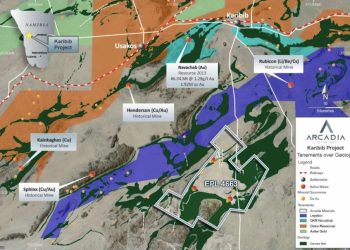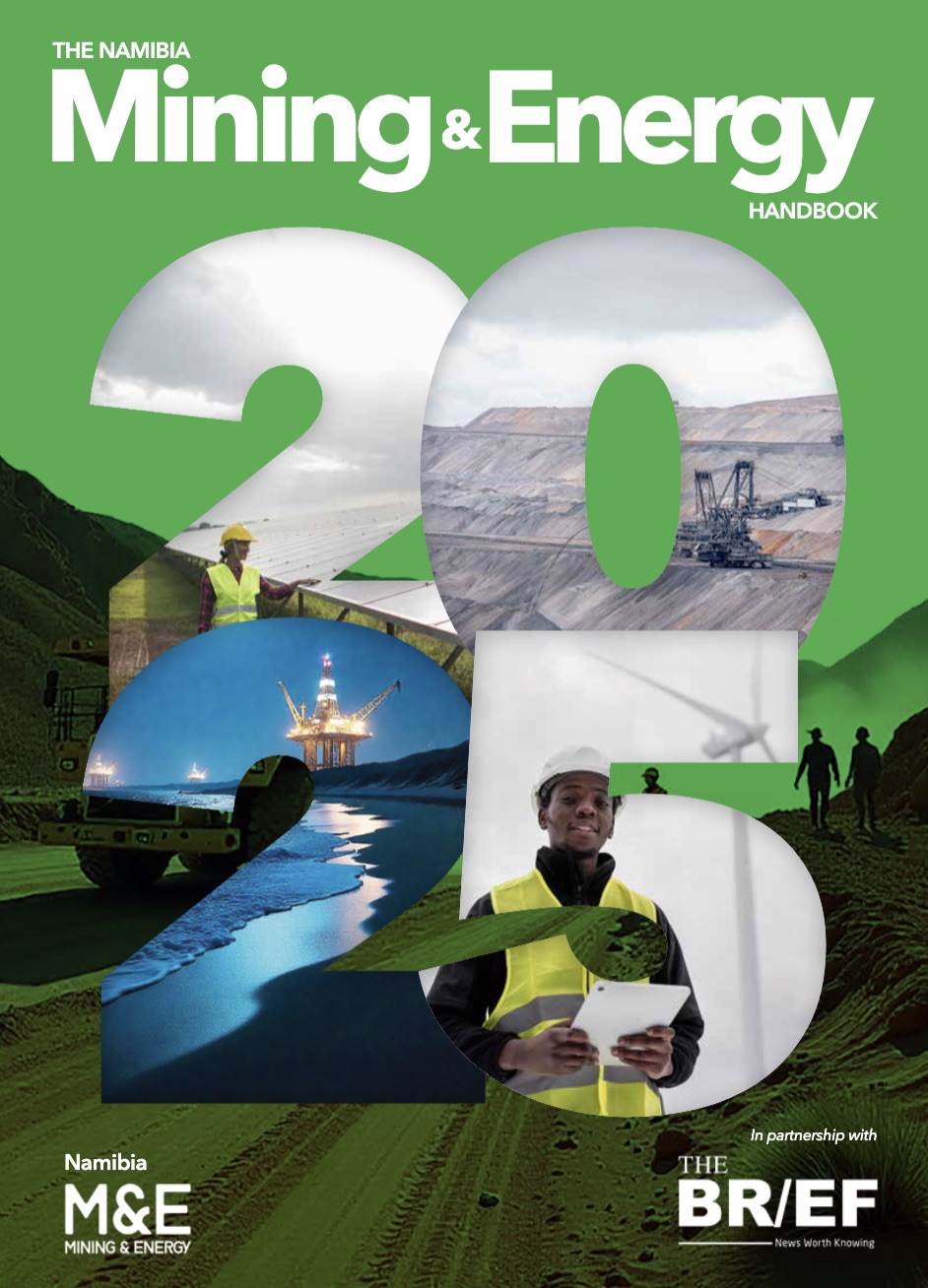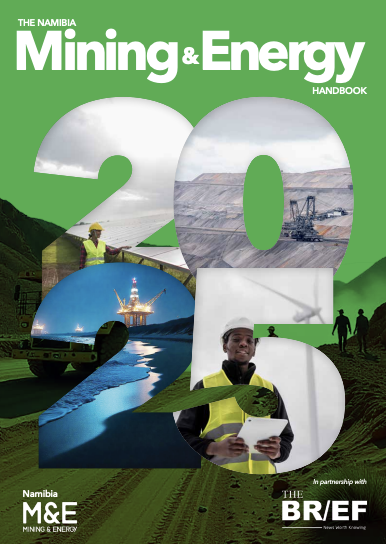
Koryx Copper Inc. has mobilised four additional man-portable drill rigs to intensify exploration activities at its Haib Copper Project in southern Namibia.
The company said the new rigs would allow for safer and more effective drilling in deep valleys and steep terrain.
Two of the rigs are expected to arrive by the end of July, with the remaining two due in October.
The company has so far completed 11,100 metres of its 28,000-metre diamond core drilling programme for 2025.
According to Koryx President and CEO Heye Daun, the company remains on track to meet its drilling target by year-end and reach a total of 55,000 metres by the second half of 2026.
“With the arrival of the first two man-portable drill rigs expected in late July, we will be able to drill test the continuity of these higher-grade structures at greater depths, in the topographically more challenging areas of the deposit, which is something we very much look forward to,” Daun said.
The drilling campaign is being carried out by two independent contractors, each operating two track-mounted rigs.
Surface mapping conducted by international geological consultant Dr Warren Pratt, alongside Koryx’s in-house team, has revealed previously unrecognised northeast-dipping shear zones linked to breccias containing higher-grade copper mineralisation.
These features, particularly in the area south of the Volstruis River, have opened up new drilling targets and support earlier interpretations that structural controls and remobilisation of primary porphyry copper are influencing the deposit.
Daun noted that the mapping work has “strengthened the company’s geological model”, especially for Target 1 and Target 2. Work is ongoing in Target 3 and Target 4, where inclined drill holes are helping to better define the geometry of the mineralisation.
“Our geological understanding keeps improving and with the aid of Dr Warren Pratt, our internationally renowned consultant, we are very encouraged by what we are seeing — namely not only confirmation of the previously identified higher-grade zones, but also indications of additional higher-grade mineralisation along previously unappreciated east-west and northwest-southeast structures related to breccias and shear zones,” he said.
All drill cores are logged, photographed, and cut on-site. Half-core samples are sent to ALS Laboratories in Johannesburg for analysis, where 33 elements are tested using induced coupled plasma (ICP) with a four-acid digestion, and gold is tested via a 30-gram fire assay.
The remaining core is split again, with a quarter archived for reference and the other quarter used for metallurgical testing.
Koryx said strict quality assurance and control measures are in place, with blanks, duplicates, and certified reference materials inserted at a rate of one in every twenty samples.
“These near-surface, higher-grade intersections are very important, as they may not only improve the grade of the overall mineral resource estimate, but they also have the potential to serve as a shallow, higher-grade starter pit along this structure,” Daun added.







